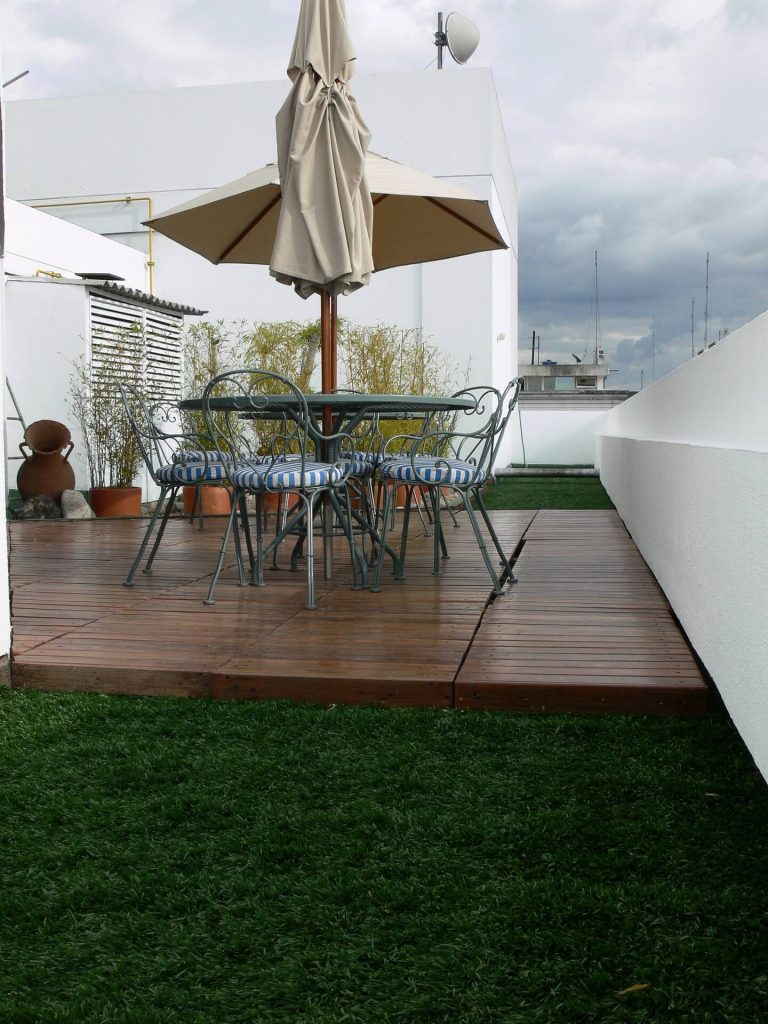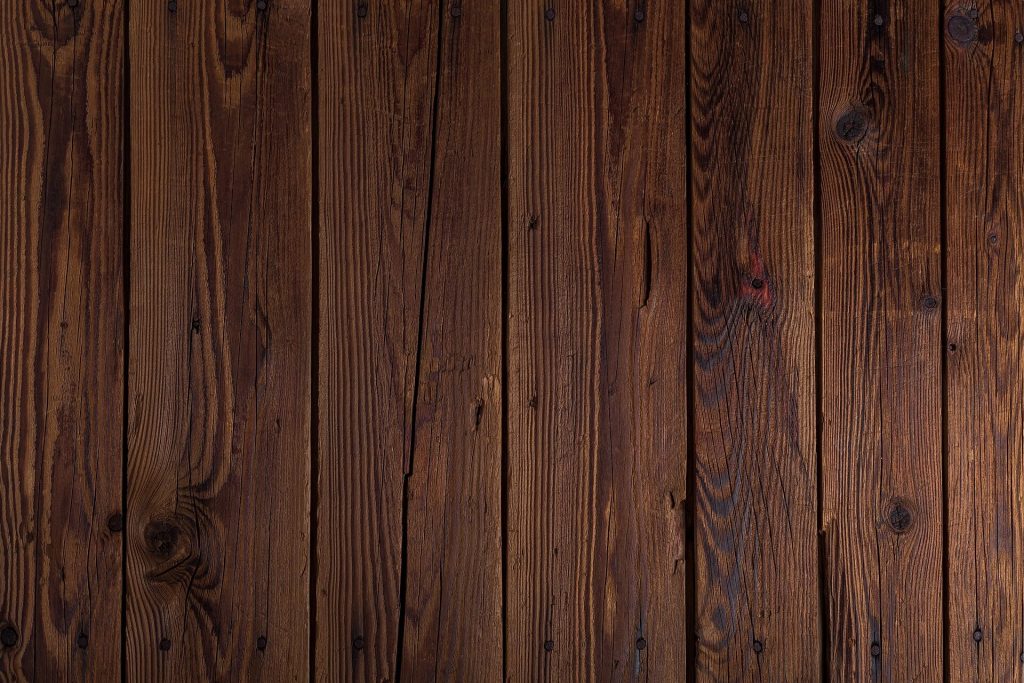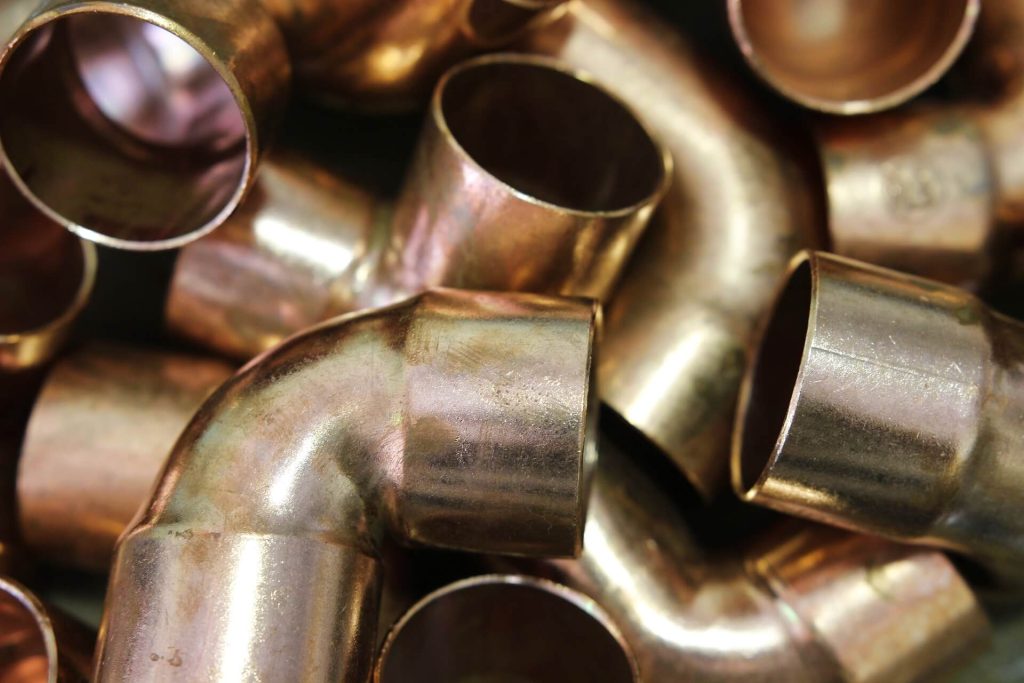
Ready For Your Next Project?
How to DIY Install a Ceiling Fan
Here are a few things to think about before you start hanging the ceiling fan. While learning how to install a ceiling fan, one of the most crucial considerations is whether or not the fan is proportional to the space being cooled. Be sure to take measurements of the space in question before making any purchases. Fans must be securely fastened to an electric ceiling box built to support such a weight. It can support the entire weight of the fan and the wiring that goes with it. Make sure the light switch is properly wired for the ceiling fan if that is how you intend to operate it. If the room includes more than one switch, you must identify which wire goes to which switch before proceeding with the installation.
Installing the Ceiling Fan
A three-step process is all it takes to install a quick-install ceiling fan. The pieces that need to be put together only need to be clicked into place. When installing a ceiling fan, make sure there isn’t any wiring or piping in the joists that could cause it to fall. Verify that the fan-rated electrical box is used to install the fan. As a hefty appliance, a ceiling fan requires a special electrical box for installation. To be sure that your project doesn’t necessitate installing a ceiling fan box, check the existing electrical box. Before beginning any electrical work, you must first turn off the power to the fan at the electrical panel and use a suitable testing device to check there is no electricity present at the light fixture. Never assume that turning off the electricity at the wall would prevent you from getting shocked.
To find out if a permit is necessary if you plan to install a fan in a location where there previously wasn’t one, check with your local building code office. Get the help of a professional electrician if you lack the confidence to carry out the installation yourself.
Disconnect from electrical source
Shut off power at the breaker panel. Verify that the present junction box is suitable for ceiling fan use. The box that houses the fan in the ceiling must to be labelled accordingly. A metal box is the norm. If not, you’ll need a fan-rated junction box and a fan brace to support the weight of the fan between the ceiling joists. The next step is to turn off the circuit breaker and any nearby wall switches. After turning off the power, tape over the wall and breaker box switches so no one can turn it back on accidentally.
Install the Electrical Box Terminals
An individual installing a junction box using several tools. Before installing a new ceiling fan, you should take down any previous fans or light fixtures that will be in the way.
Bracket installation
Mounting the bracket to the box is the next step. Always use products in accordance with the directions provided. Run the primary cables through the hole in the middle of the wall plate. The mounting bolts can be left in the junction box if the fan has a slide-on bracket, and the bracket can be slipped over the screws to secure the fan in place. Wrap them up tight. Install the fan bracket over the mounting bolts that protrude through the bracket and secure it with the nuts provided if your fan does not come with a slide-on fan bracket.
Install the Downrod
Prior to installing a downrod, make sure the ceiling is at the proper height and angle. A slanted or angled ceiling requires a different type of downrod than a standard, flat ceiling. Slip the canopy onto the downrod and feed the main wires through while working on a flat surface like a table or floor. Connect the downrod to the fan’s base by inserting the clevis and cotter pins. Connect the downrod’s top bulb-shaped fitting to the ceiling mount. Installing a flush-mount fan requires running the wires through the canopy ring.
Installing the Fan’s Wiring
Wiring a ceiling fan requires either a companion to hold the fan while you work or the use of a hook on the mounting bracket. Join your fan’s lead to your home’s electrical system. Always refer to the owner’s manual for detailed instructions, especially if your fan has extra wires. If you want to keep the wires from dangling around, use the wire nuts that included with the fan kit. Identify the correct wires and pair them: To clarify, you should connect like colours of wire together. In most installations, the ground wire is connected to the fan through a copper or green insulated wire. The black power line in the wall plugs into the black motor wire in the fan. Wires from the fan’s light kit—whether blue or striped—join with the black power wires. The white (neutral) supply wire is linked to the white (motor) wire on the fan. Place the completed bundle of wires into the junction box. If the cables won’t fit in the enclosure, snip them with wire cutters. While the fan is on, they won’t feel as much vibration on the canopy. Secure the canopy in place by clipping it onto the mounting bracket.
Fasten the Lamp and the Blades
Blade brackets must be fastened to individual fan blades using the provided hardware. Each screw in the blade of the ceiling fan must be started before the screw is tightened. The next step is to secure each fan blade in place. Some fans include blades that can be installed in a matter of minutes. The blade arm posts are slid outward until they snap into place when aligned with the blade keyhole slots. It is necessary to screw the fan blades onto the blade arms if the fan does not come with quick-install blades. The desired edge of the blade should be facing down.
Fast & Reliable Service
We strive to complete your projects on time, within budget, and to your utmost satisfaction.
Professional Handymen
Our handymen have many years of experience so that your projects get done right the first time.
Need a handy hand for your project?
Call NowHandyman Tips & FAQs
Kissimmeehandymanservices.com - Pro Tools Handymen - Privacy





